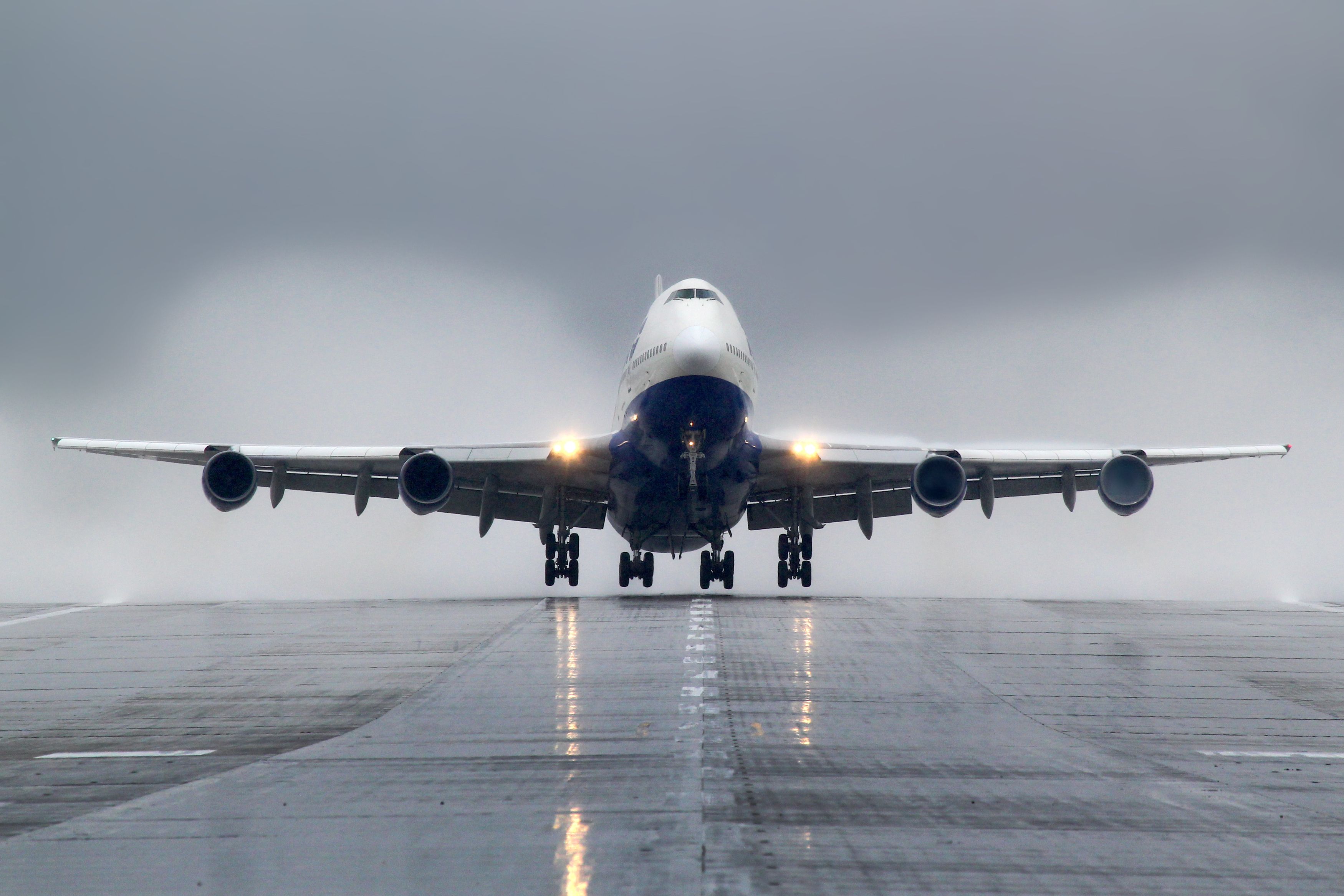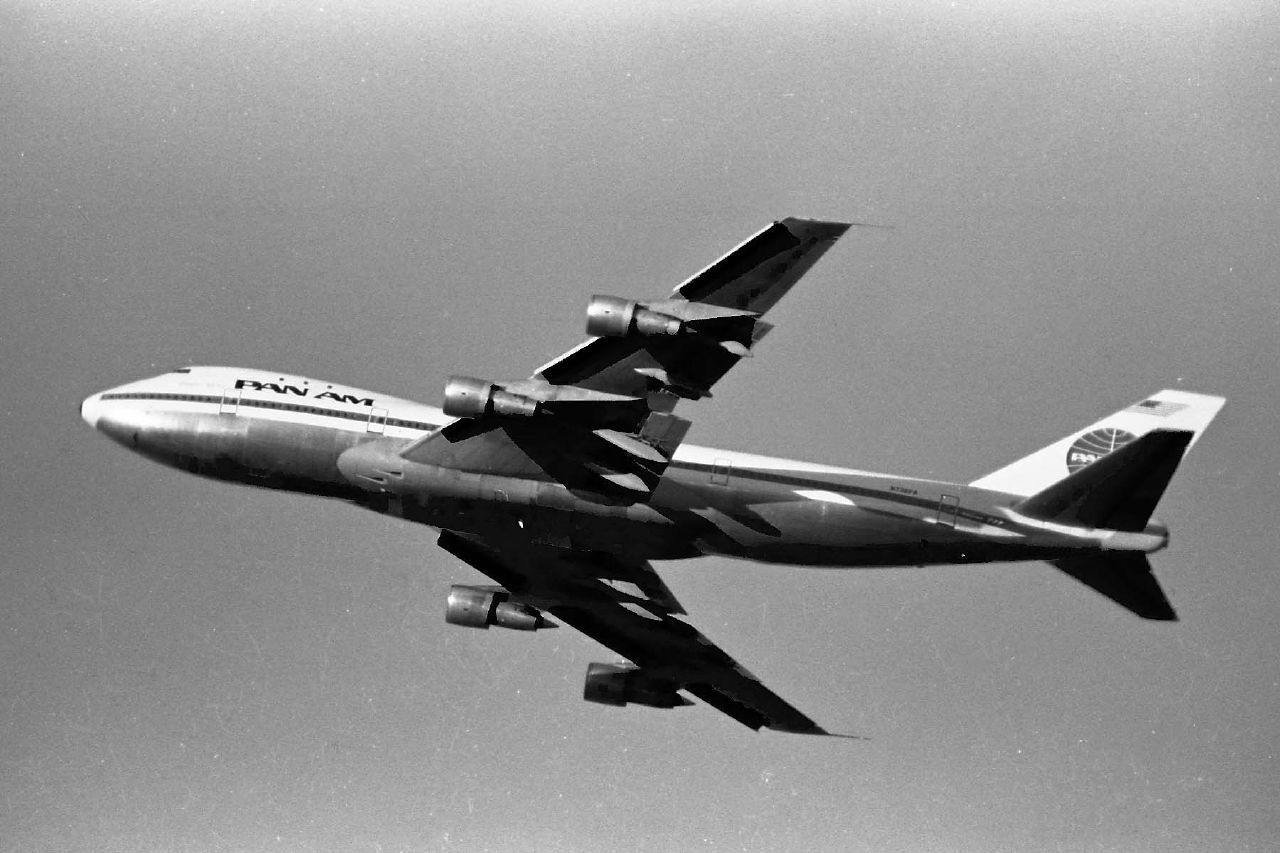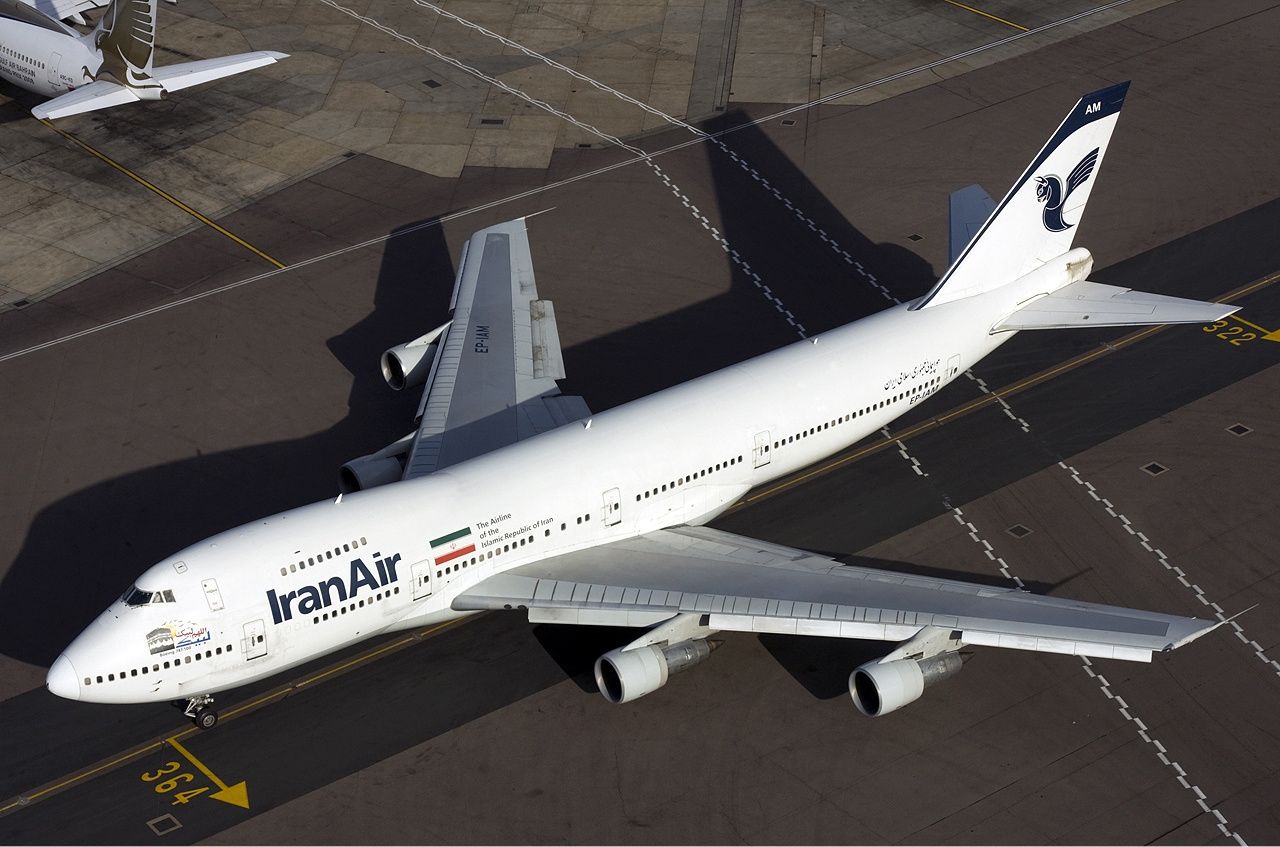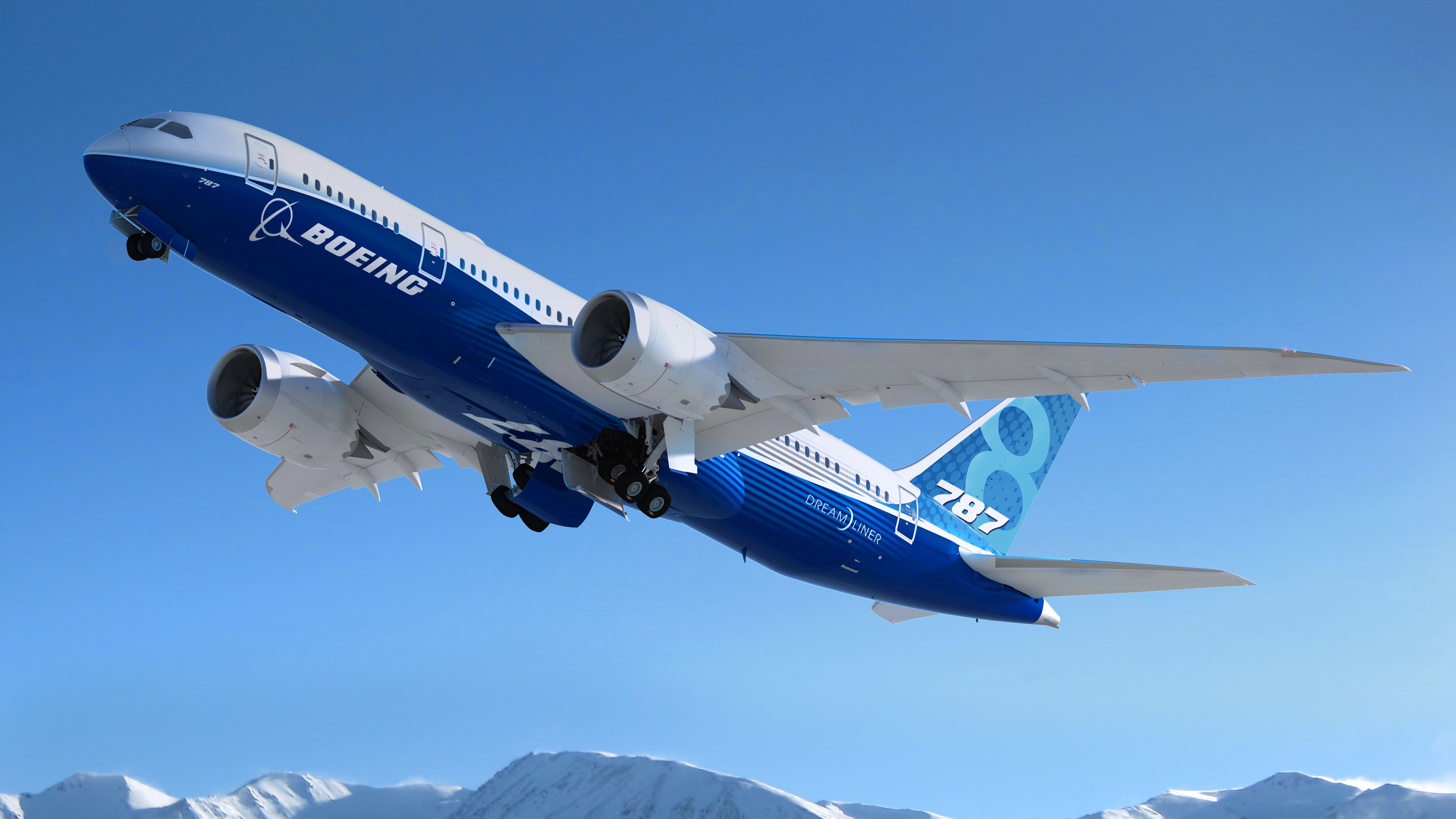On September 30, 1968, the first Boeing 747 rolled off the production line at Boeing’s Everett Plant. While it would not take to the skies for four more months, N7470 heralded the future of commercial aviation.
During its 54-year production run, 1,574 of the type were built, spanning several generations – from the 747-100 of the 1970s through to the recently completed 747-8 program. Of that 1,574, around a quarter are still listed as active on ch-aviation with passenger, cargo, and government carriers worldwide, not including those currently undergoing maintenance or in long-term storage awaiting re-activation with another airline.
747-8 (122)
While the freighter version of the 747-8 officially finished in January, the last passenger jet was delivered to Korean Air in 2017. The nearly 6-year-old HL7633 remains in regular passenger service alongside 24 other 747-8s dotting around on long-haul transatlantic and trans-Pacific routes. Air China continues to operate two; Korean Air keeps eight in its fleet, while the largest operator, Lufthansa, has 15 of the last generation super jumbos.
None have yet to be scrapped, though two jets, one each for Air China and Korean Air, remain stored at Beijing Capital International Airport (PEK) and Seoul Incheon International (ICN), respectively.
The 747-8 freighter variant found significantly more success. Over its 15-year production run, 107 of the type were built for the busy international cargo market. Eighty-nine are currently active, operated by major carriers, including Atlas Air, Cargolux, UPS, and Cathay Pacific Cargo. Thirteen remain in storage; the final Atlas Air 747, currently awaiting activation on the carrier’s network, and all 12 of Russian-based AirBridgeCargo’s 747-8F fleet, stored at Moscow Sheremetyevo Airport (SVO) since sanctions were placed on the country. Five jets, one each for Air Belgium, Cargolux, Cathay Pacific Cargo, Silk Way West, and UPS, are currently undergoing maintenance.
An additional eight 747-8 Boeing Business Jets (BBJ) are listed as active, serving as VIP transport for governments or Royal Families. Qatar Amiri Flight operates three, while Kuwait Airways, Oman Royal Flight, Royal Air Maroc, the Sultan of Brunei’s Flight, and Turkish Airlines hold one each. One BBJ initially set to go to the late Saudi Crown Prince Sultan Bin Abdulaziz Al Saud was scrapped in Arizona late last year after Boeing failed to find a new customer for the aircraft. It remains the only type to have been dismantled so far.
Two more 747-8 BBJs (VC-25B) set for the United States Air Force are undergoing conversion to outfit them for presidential service. Work on the jets has been considerably slow, and the pair is predicted to enter service by mid-2025.
747-400 (191)
Despite quad jets beginning to fall out of favor in the 1980s, the 747-400, which launched in 1988, remains the most popular variant to date, with 694 built until its completion in 2009.
Excluding General Electric’s testbed jet, 24 747-400 passenger jets remain active, though only ten are in regular passenger service. The largest operator is Lufthansa, which deploys the giant jet on Asia and American bound-services out of its hub at Frankfurt (FRA).
Asiana Airlines operates one very lonely 747-400, registered HL7482, which is utilized primarily on high-demand routes from Seoul to Shanghai Pudong International Airport (PVG) and Changchun Longjia International Airport (CGQ).
The oldest passenger variant still in operation serves Mahan Air. The 32-year-old EP-MEE entered service with United Airlines in 1990 as N176UA, spending 16 years traversing the legacy carrier’s network. In 2006, the jet was acquired by ex-Armenian flag carrier Blue Sky, which was quickly passed on to Mahan Air. EP-MEE only currently sees service between Tehran’s Imam Khomeini International Airport (IKA) and Moscow Sheremetyevo, though occasionally can be spotted dropping in at Istanbul Airport (IST), Baghdad International Airport (BGW), and Beijing Capital. Despite its age, EP-MEE may have another 20 years of life left in it - if Iran’s aviation industry is any indicator.
Thirteen passenger configured 747-400s are currently in VIP service for government and military transport, primarily in the Middle East, though five remain in service in China, Korea, and the United States.
The remaining 747-400, N744VG or Cosmic Girl, has found an exciting second life. After being retired by Virgin Atlantic in 2015, the jet was picked up by sister company Virgin Galactic and refitted as a first-stage satellite launch platform for Virgin Orbit. Despite an unsuccessful LauncherOne mission in January, Cosmic Girl is set to return to the Cornish skies later this year for a second attempt.
Alongside its former passenger popularity, the 747-400 quickly became a freighter darling due to its reliability, high cargo capacity, and long range. Including passenger-to-freight conversions, 166 747-400Fs remain active in the skies, again with major cargo operators including Kalitta Air, Air Atlanta Europe, and Atlas Air – which also operates the XXL Boeing 474-400(LCF) Dreamlifter.
Get all the latest aviation news right here on Simple Flying.
747-300 (1)
With just 81 of the type constructed, the 747-300 remains the least popular generation of the jumbo jet. Despite a relatively short production run and limited commercial use, one remains in service today as VIP transport for Saudi Arabian Royal Flight. The 39-year-old aircraft, HZ-HM1A, appears to have limited use, though Saudia Arabian Royal Flight does not provide ch-aviation with the jet’s operating hours.
747-100 (2), 747-200 (12), 747-SP (3)
During its production run through the 1970s, 168 747-100s were built, though just two remain in service. The fifth 747 ever made, registered as EP-CQB, is listed as active with the Islamic Republic of Iran’s Air Force, along with the ever-so-slightly younger 5-8103. Both jets are well into their 50s, initially entering into service with long-defunct Trans World Airways (TWA) and Eastern Air Lines. Despite their original carrier’s demise, the two cargo jets remain active. Due to limited information, no flight time is available on ch-aviation and FlightRadar24.com, so the actual airworthiness of these geriatric jets remains up for debate until further information is provided.
Of the slightly improved 747-200, just twelve of the 393 built remain active - including military aircraft and two US Air Force’s VC-25As. Most have found second lives as freighter or testbed aircraft in the United States, Moldova, and Georgia. Two continue to be operated in Iran, one by the Islamic Republic of Iran’s Air Force and another 34-year-old jet as a cargo workhorse for Iran Air.
Though just 45 were built between 1974 and 1987 during Boeing’s unsuccessful attempt to compete with McDonnell Douglas and Lockheed’s trijets, three shortened 747-SP aircraft are still active. Two are with Pratt & Whitney Canada as testbed aircraft, while one former TWA jet has served as VIP transport for Las Vegas Sands since 2007.
Have you flown on a Boeing 747? What was your experience? Let us know in the comments.
Sources: ch-aviation, FlightRadar24.com

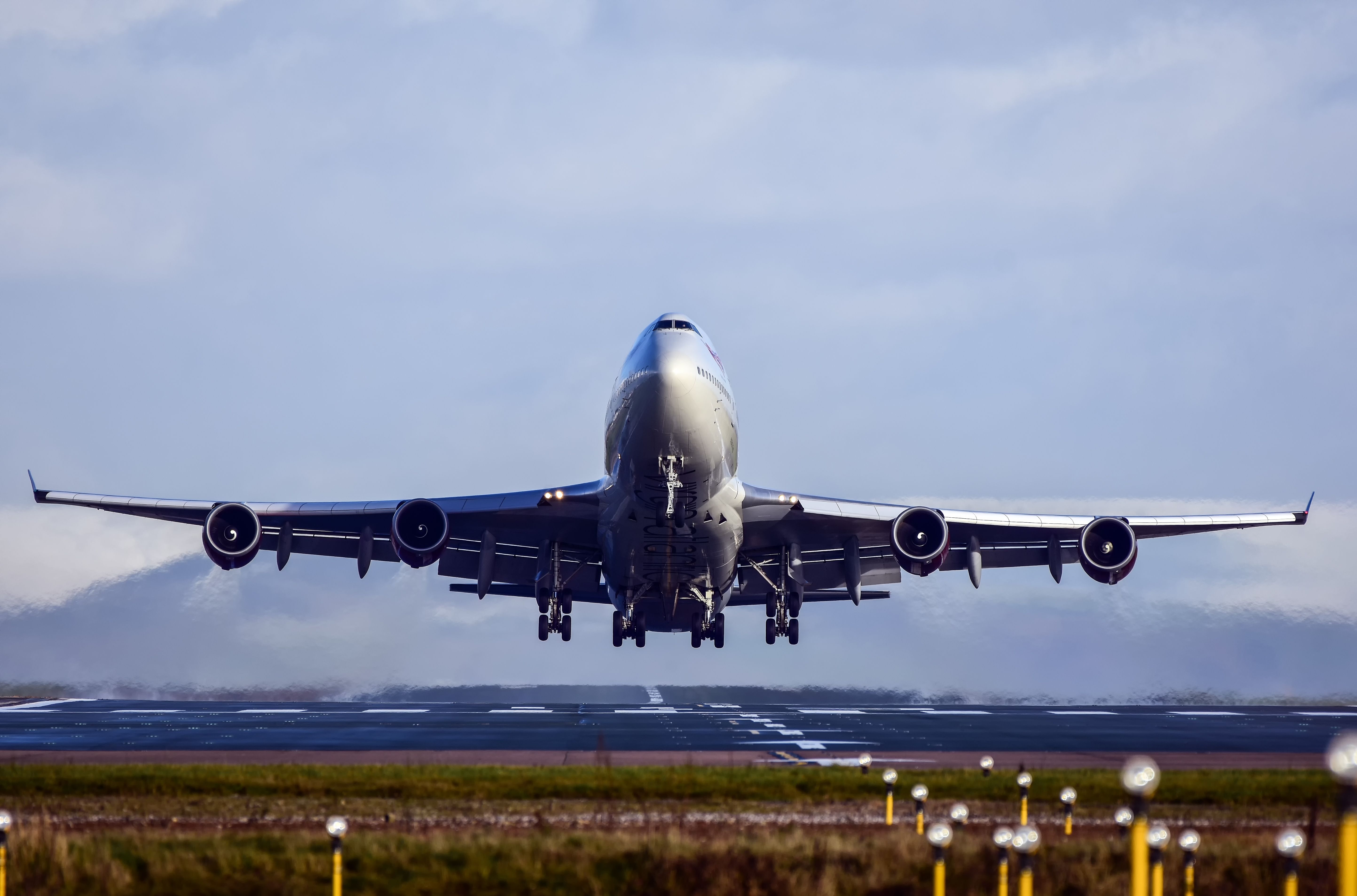
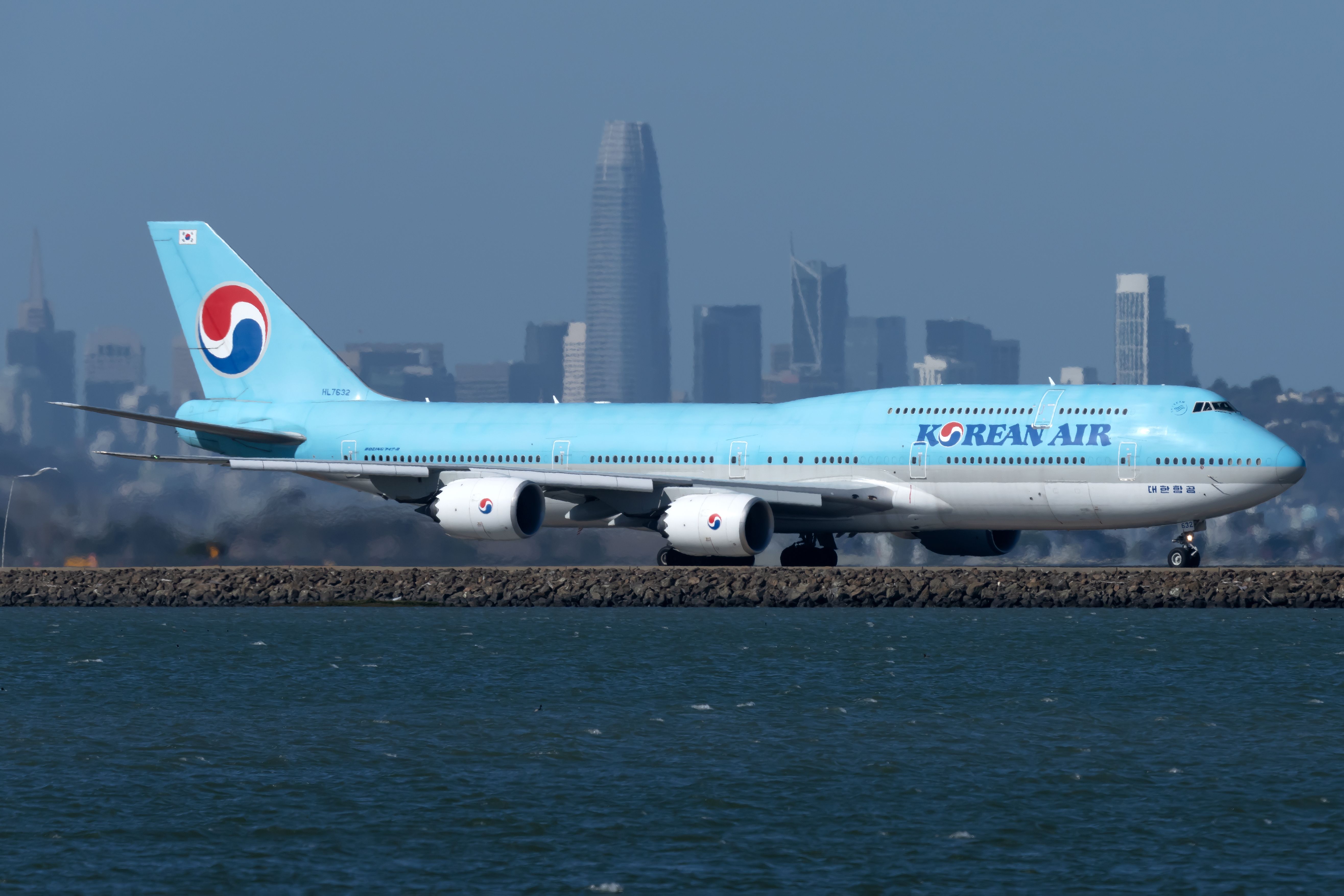

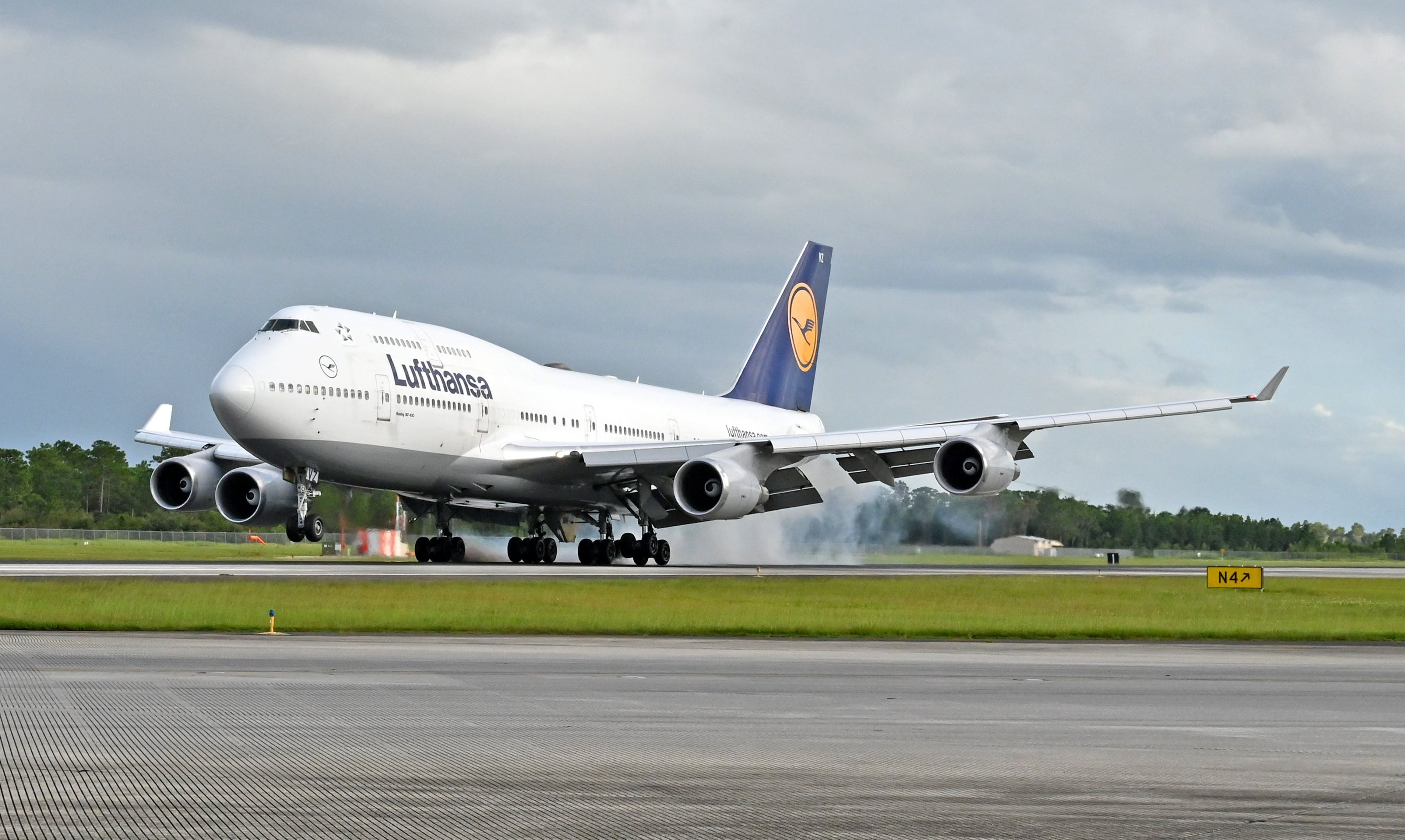
.jpeg)
